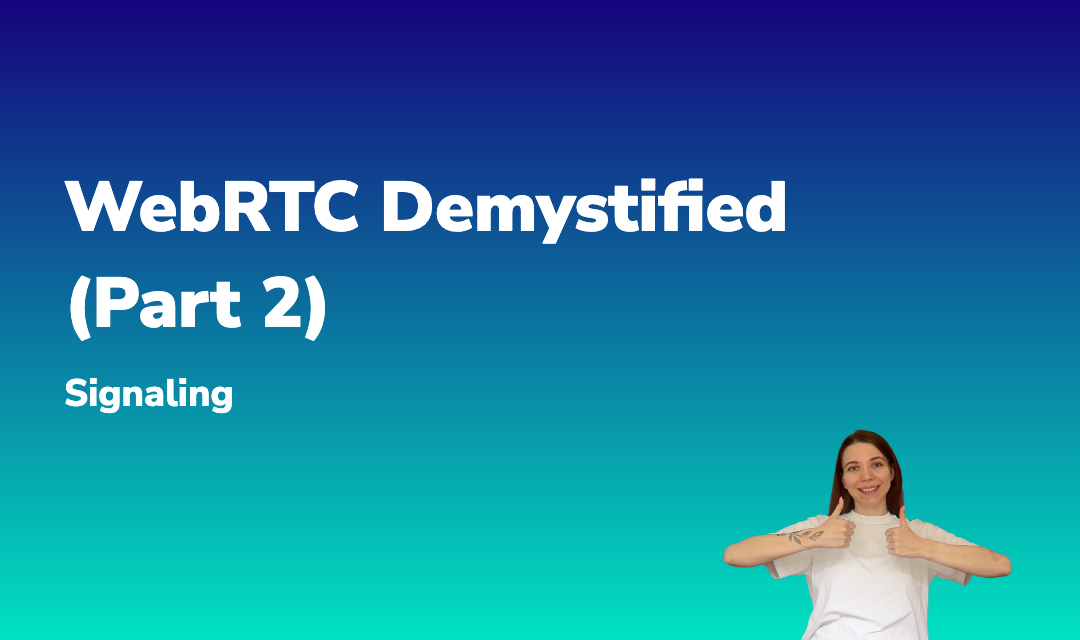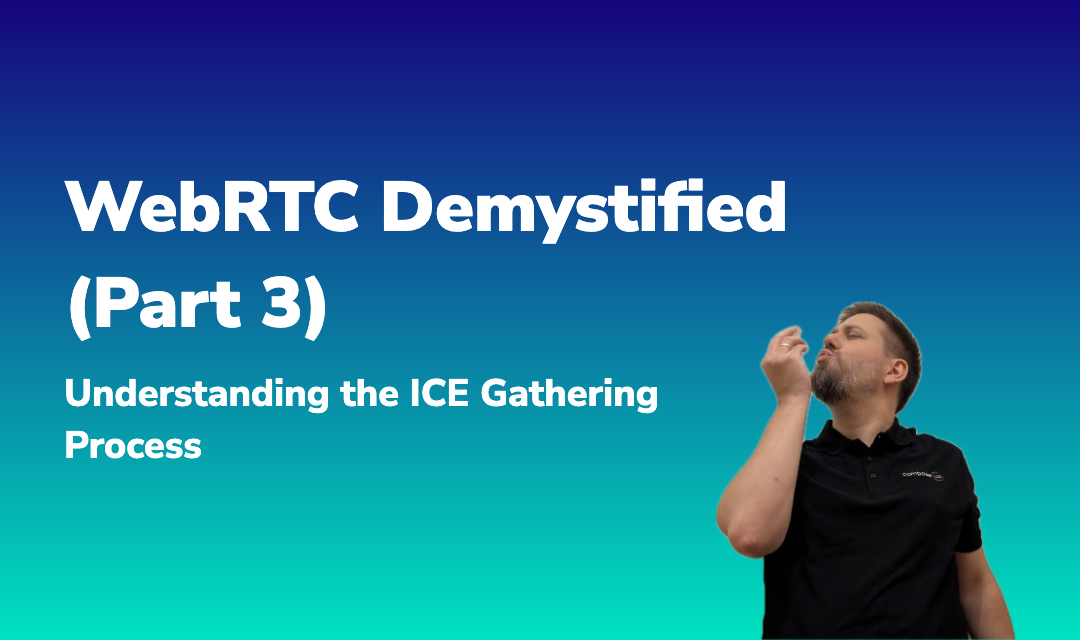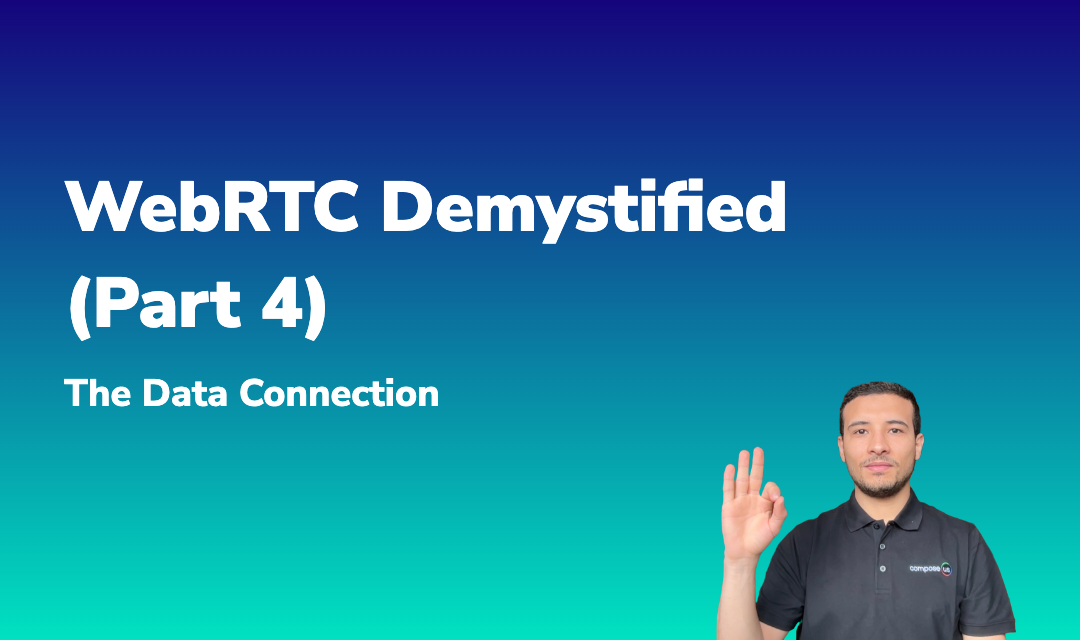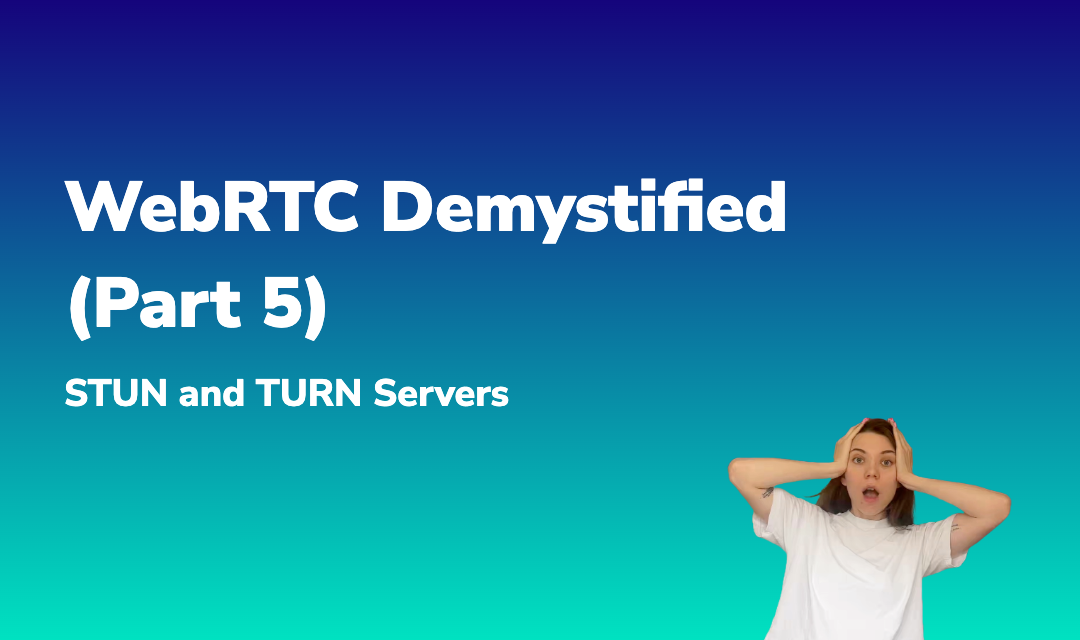Hello y'all!
As we prepare to launch a big update for Flottform, we wanted to take a moment to dive into WebRTC (Web Real-Time Communication) — one of the key technologies powering Flottform's API. Over the next few weeks, we'll be breaking down this powerful technology into bite-sized, easy-to-understand pieces. Whether you're a developer or just curious about how modern web communication works, this series is for you!
What is WebRTC?
WebRTC is a revolutionary technology that enables real-time communication directly in your web browser or between devices, without additional plugins or downloads. It allows for direct peer-to-peer connections, meaning data can be transferred directly between two devices. This reduction in server dependency minimizes latency and makes interactions feel more immediate and natural.
One of the most compelling aspects of WebRTC is its open-source nature. Being community-driven, it's continuously improved and refined by developers worldwide, ensuring it remains at the cutting edge of web communication technologies. On top of that, WebRTC is pretty flexible when it comes to more than just audio and video. It supports all kinds of data transfer, so it's great for all sorts of apps—like video conferencing, online gaming, and collaborative tools.
The connection between Peers: Understanding WebRTC's Architecture in Browsers
WebRTC's architecture is like a well-designed city, with different parts working together seamlessly to create a great communication experience. Before we dive into the technical details, it's important to understand the context: For two devices to connect via WebRTC, they first need to figure out how they can communicate with each other. This process, which is called signaling, involves exchanging information about what each device can do and how they can connect.
Signaling isn't technically part of WebRTC, but it's a key step in setting up a WebRTC connection. We'll go into more detail about signaling in a future blog post.
Now, let's explore the core components of WebRTC:
At the heart of WebRTC is RTCPeerConnection, the main component responsible for connecting two devices. Think of it as a smart switchboard operator that does much more than just connect calls:
- It sets up, maintains, and ends the connection between peers.
- Navigate through firewalls and complex networks (NAT traversal).
- Ensures your conversation is private through encryption.
- Negotiates how the devices will communicate using the Offer/Answer model.
While RTCPeerConnection handles the connection, RTCDataChannel is responsible for sending data between peers. If you think of RTCPeerConnection as the switchboard operator, then RTCDataChannel is a super-powered messaging app running on the phone line established by RTCPeerConnection. It's not just limited to audio or video - it can transmit any type of data, making it incredibly versatile. Whether you're building a chat application or a file-sharing system, RTCDataChannel has you covered.
Connecting devices directly over the internet can be tricky, especially with firewalls and complex network setups. This is where STUN and TURN servers come in:
- STUN servers help your device figure out its public IP address.
- TURN servers act as relays when direct connections aren't possible, ensuring communication can still happen.
WebRTC takes security seriously. It uses protocols like DTLS (Datagram Transport Layer Security) to encrypt data channels and SRTP (Secure Real-time Transport Protocol) for media streams. This ensures that your communications remain private and protected.
All these components work in harmony to create the WebRTC experience. The beauty of this architecture is that it handles complex tasks behind the scenes, allowing developers to create powerful communication apps without getting bogged down in the details.
Whether you're video chatting with friends, collaborating on a project, or building the next big communication platform, WebRTC's architecture provides the robust foundation you need.
Flottform's new API
Excited about WebRTC but daunted by its complexity? Flottform's new API is here to change that. We've abstracted away the intricate details of WebRTC setup - from configuring STUN and TURN servers to managing peer connections and handling signaling. Our API takes care of these complexities, allowing you to focus on building amazing applications.
Our new API is designed to be flexible, so it can be easily integrated into existing apps. We understand that developers need the freedom to tailor our tools to their specific use cases. That's why we've added event emissions that developers can listen to, so they can customize the UI exactly the way they want. Plus, we've given Flottform's default UI a total makeover, making it more intuitive and user-friendly.
We're planning to release this new API in the coming weeks, and we're excited to see how you'll use it to build amazing products. As always, we'd love to hear your thoughts on this! Your feedback is really valuable to us.
Connect with us on LinkedIn and Twitter / X. Every comment, like, and share fuels our progress!
Cheers,






